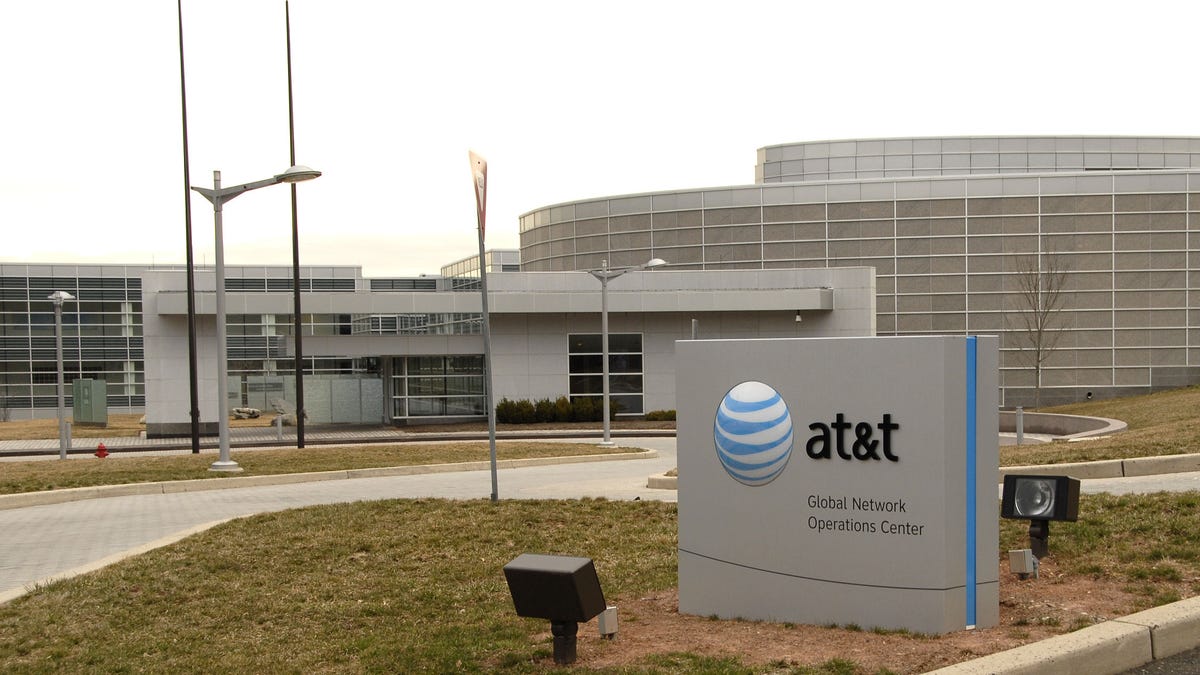AT&T to kill off 2G network in 2017
The company plans to take its 2G capacity and augment its 3G and 4G services, staving off a potential spectrum crunch.

AT&T is preparing to pull the plug on its 2G wireless network, but it will be a long goodbye.
The Dallas telecommunications company said it plans to discontinue its 2G network, also known as EDGE or GSM, by Jan. 1, 2017. It plans to take that 2G spectrum and re-use it to augment its 3G and 4G wireless services. The plans were disclosed in its filing with the Securities and Exchange Commission.
It's one of several moves AT&T has made to improve its spectrum position and fend off a looming capacity crunch. The company yesterday said it would acquire Nextwavein another bid to improve its spectrum holding. AT&T insists that it will eventually hit a wall and run out of the necessary airwaves to adequately meet the wireless demands of its customers if it doesn't get more spectrum.
Verizon has similarly said it needs more spectrum, and working to win FCC approval to buy a swath of spectrum from several cable companies.
While 2017 marks its actual sunset date, AT&T will start with the transition much earlier. As of June 30, roughly 12 percent of its contract customers were still on the 2G network, which is primarily designed for voice and text messages, with relatively low data speeds.
"Throughout this multi-year upgrade process, we will work proactively with our customers to manage the process of moving to 3G and 4G devices, which will help minimize customer churn," the company said in the filing.
The company added it doesn't expect the transition to have a material impact on its operating results.

